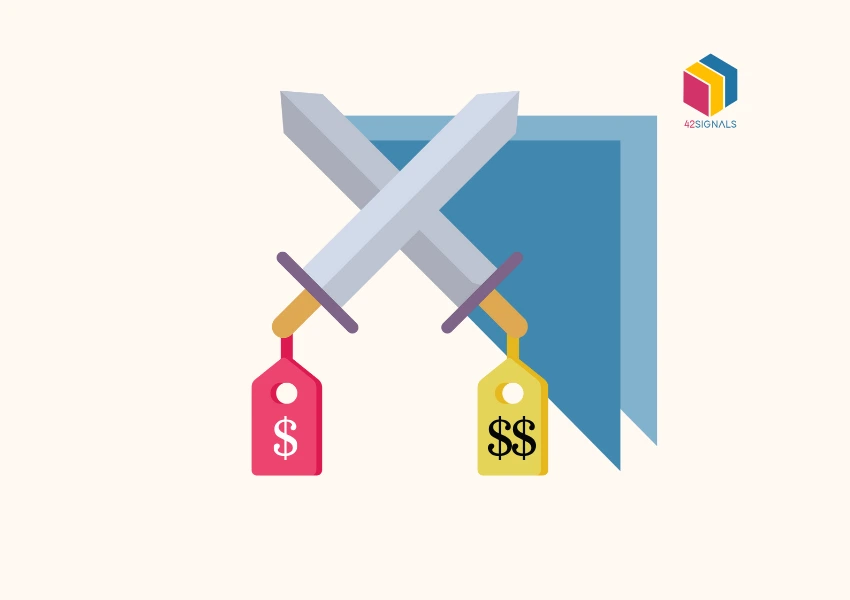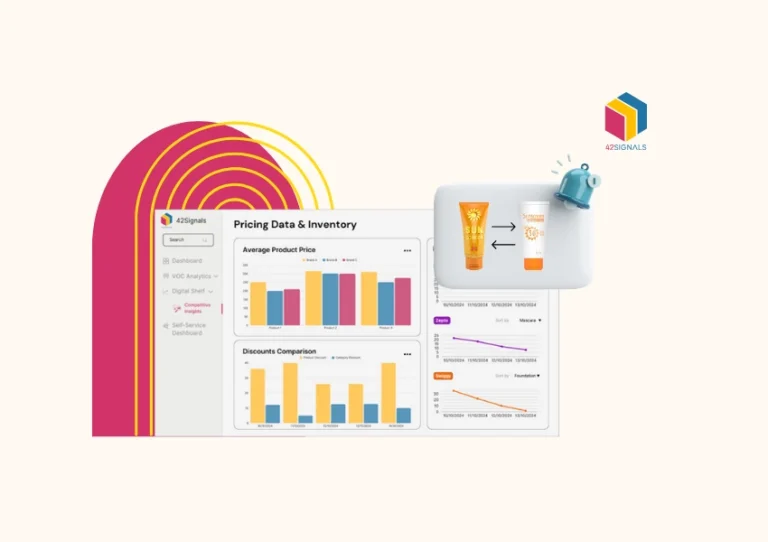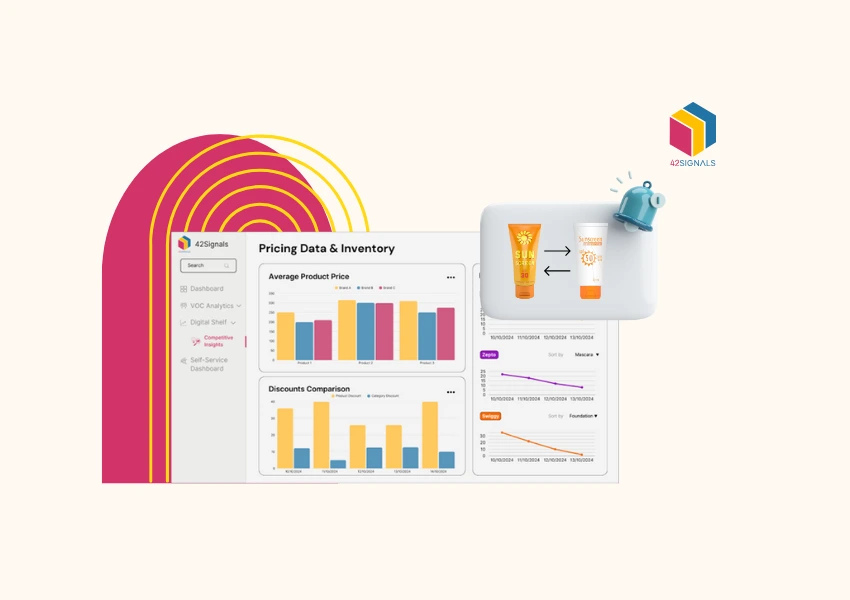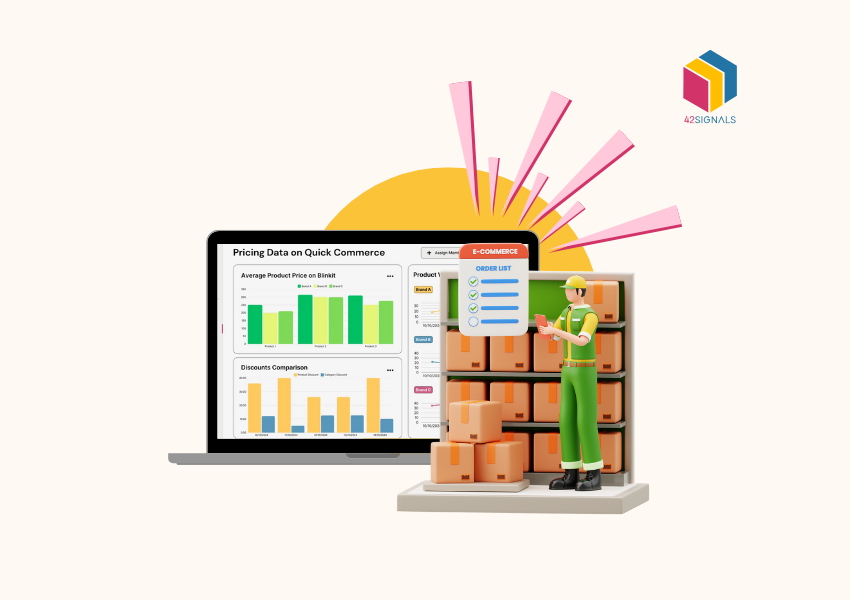Pricing is the battleground of e-commerce. The moment a customer lands on your product page, they’re likely comparing prices elsewhere. And with marketplaces like Amazon, Walmart, and Shopify making price comparisons seamless, your ability to stay competitive without sacrificing profits determines your long-term success.
The downside is, that fighting against competitors by endlessly dropping prices can be detrimental. Keeping a low-price strategy erodes margins, sets the expectation for bargain pricing, and drives a fierce rivalry where no victor emerges.
So, how do you navigate price competition the right way? This guide will walk you through dynamic pricing, competitor benchmarking, psychological pricing strategies, and data-driven pricing intelligence tools—all designed to keep your business competitive while protecting your bottom line.
Why Price Competition in E-commerce Is So Intense
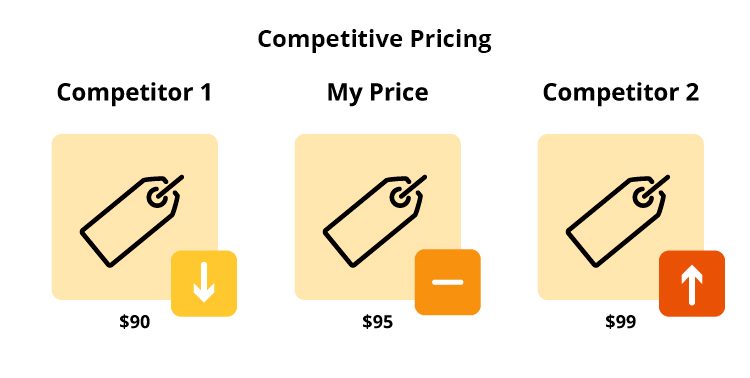
Image Source: Oroinc
E-commerce has changed the way customers shop. They no longer have to visit multiple stores to compare prices—it’s all available at their fingertips. A PwC report found that 55% of online shoppers choose a retailer based primarily on price. That’s over half your potential customers making decisions based on one factor.
But why is price competition so much fiercer in e-commerce compared to physical stores?
- Instant Comparisons: Price tracking extensions and AI-powered shopping assistants enable consumers to find the best deal in real-time.
- Big Players Control Pricing Trends: Retail brands such as Amazon employ pricing algorithms that will also set the retail price lower if competitors do. Some set automated prices every 10 minutes.
- Customer Loyalty Is Fragile: A customer might love your brand today, but without considering brand loyalty, if they see a cheaper alternative, they will sell out pretty quickly.
Thus for e-commerce businesses, having a competitive yet profitable pricing strategy is vital, bringing us to dynamic pricing.
How to Handle Price Competiton Without Losing Profits
1. Dynamic Pricing: When and How to Adjust Prices Smartly
Dynamic pricing is one of the most effective approaches to e-commerce. Companies no longer set a price. Rather they change it based on demand, competition prices, and other market factors in real time.
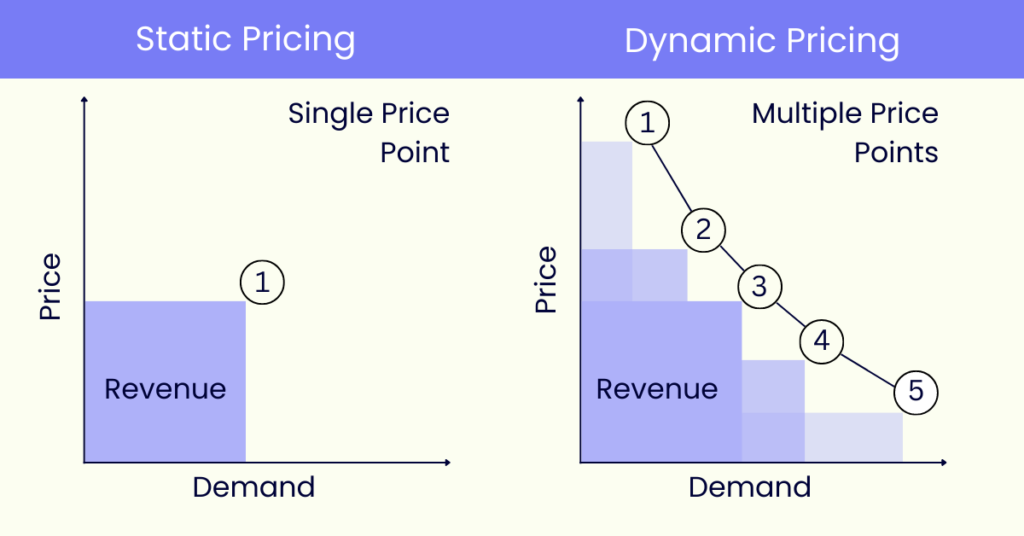
Image Source: Price Intel Guru
How Does Dynamic Pricing Work?
It relies on pricing intelligence tools that analyze competitor prices and suggest adjustments. The goal is to stay competitive without constantly undercutting prices.
- If a competitor runs out of stock, increase your price—customers looking for that product will pay a premium.
- If demand surges (holidays, limited editions, viral trends), raise your price strategically.
- If competitors drop prices aggressively, adjust based on profitability rather than blindly matching their discount.
Example: Airlines and hotels have used highly reactive pricing for years. A flight ticket price fluctuates depending on demand, time of booking, and competitor rates. The same model can be applied by E-commerce businesses to maximize revenue.
Why Most Businesses Fail at Dynamic Pricing
Many businesses set their pricing rules too aggressively—lowering prices at the slightest competitor movement. This often leads to shrinking profits without any real gain in market share. The smarter approach? Set rules based on both competitor pricing and demand, rather than just following price drops.
2. Competitor Benchmarking: Learning from the Market Without Copying It
Watching what your competitors are doing is essential, but blindly matching their pricing is a mistake. Instead, use competitive pricing tactics to analyze trends, spot opportunities, and price intelligently.

What You Should Track:
- Competitor price changes – How often do they adjust prices? Is there a pattern?
- Stock availability – If a competitor runs out of stock, you can maintain a higher price.
- Promotions and bundling – Are they using discounts or value-adds like free shipping?
How to Use This Data to Your Advantage
- If a competitor is slashing prices aggressively – Instead of lowering yours, offer added value like faster shipping, extended warranties, or bundle deals.
- If competitors discount seasonally – Plan ahead and time your promotions strategically.
- If you sell a premium product – Don’t race to the bottom. Position your product based on quality, not price.
Instead of reacting, use digital shelf analytics to understand pricing trends and stay ahead of your competitors.
3. Pricing Beyond Discounts: How to Win Without Cutting Prices
Discounts are an easy way to drive sales, but over time, they can train customers to wait for discounts instead of buying at full price. Smart retailers use pricing strategies that don’t rely on constant markdowns.
1. Price Positioning and Premium Branding
Apple never competes on price. Yet, people willingly pay a premium for iPhones. Why? Because the brand has positioned itself as high quality and exclusive.
If you can position your brand around quality, reliability, or uniqueness, you can charge higher prices and avoid competing on discounts.
2. Psychological Pricing Strategies
Sometimes, price perception matters more than the actual number. Here’s how you can make your prices feel more attractive without lowering them:
- Odd Pricing: $49.99 feels cheaper than $50.00, even though the difference is just one cent.
- Decoy Pricing: If you sell three pricing tiers (small, medium, large), most customers pick the middle option—making your mid-tier product seem like the best deal.
- Anchor Pricing: Show a higher-priced product next to a mid-range option to make the latter seem like a bargain.
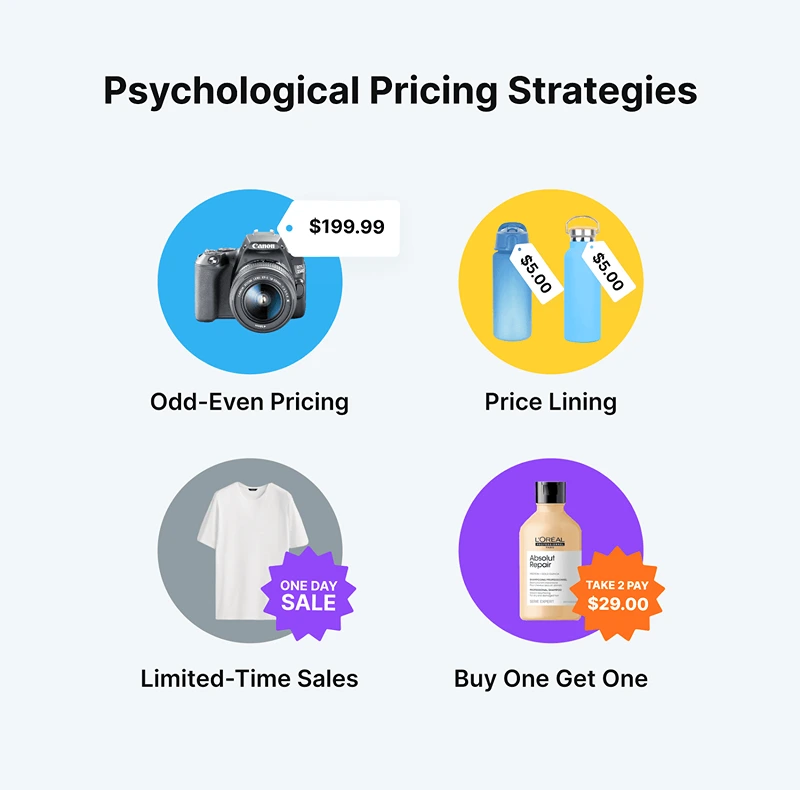
Image Source: Competera
4. Avoiding Price Wars: A Smarter Approach
A price war happens when businesses keep lowering prices to outdo each other. The result? Lower margins, shrinking profits, and an unsustainable business model.
How to Stay Competitive Without Price Wars:
- Offer exclusive deals: Increase extra value that can only be redeemed when becoming a member instead of reducing value through lowering the price.
- Use targeted discounts: Reduce price selectively using promotions instead of running single all-encompassing discounts.
- Price differentiation: Where you have multiple product variations, offer different prices for them strategically to create a perceived image.
Fighting on price alone is a losing battle. Instead, focus on smart pricing that keeps customers loyal without cutting into profits.
When and How to Raise Prices Without Losing Customers
At some point, raising prices is inevitable—whether due to inflation, supply chain costs, or increased demand. But the way you do it matters.
How to Raise Prices Without Backlash:
- Communicate the value clearly. If you’re increasing prices, tell customers why—better materials, improved services, or enhanced features.
- Make small, gradual increases. A 5% increase over time is less noticeable than a sudden 20% jump.
- Bundle more value. Instead of just increasing the price, add perks like faster shipping, exclusive content, or extended warranties.
The Role of Data and Automation in Pricing Strategies
Relying on guesswork for pricing decisions is risky in a highly competitive e-commerce landscape. Instead, using pricing intelligence tools and digital shelf analytics can help businesses stay ahead.
- Real-time Data Analysis: These tools automatically price items based on market shifts. Changes in competitor pricing, product availability, and demand are continuously observed.
- Automation for Efficiency: Alleviating the manual workload associated with tracking pricing can be achieved using AI. Setting rules allows automatic adjustment of prices to pre-established guidelines.
- Predictive Analytics: Predictive models can assist businesses in planning their pricing strategies by analyzing past patterns to forecast future pricing trends.
Retailers using pricing automation experience up to a 20% increase in profit margins, according to a report by Retail Dive. This proves that technology-driven pricing decisions are more effective than manual price adjustments.
Final Thoughts
Managing price competition in the e-commerce sector is difficult but does not have to result in profit loss. By adopting strategic pricing, digital shelf analytics, and intelligence tools, companies can remain competitive while still being profitable.
Shift focus from deep discounts to dynamic pricing, competitor price monitoring, and psychological pricing. Avoid price wars by enhancing customer loyalty and brand differentiation. Utilize market-responsive data-driven price adjustments to brace the turbulence of ever-changing and competitive environments.If applied correctly, strategic pricing gives your business the advantage to dominate e-commerce while continuing to remain profitable. Schedule a demo with us today and discover how our pricing intelligence tools can help you stay competitive without cutting into your margins.
